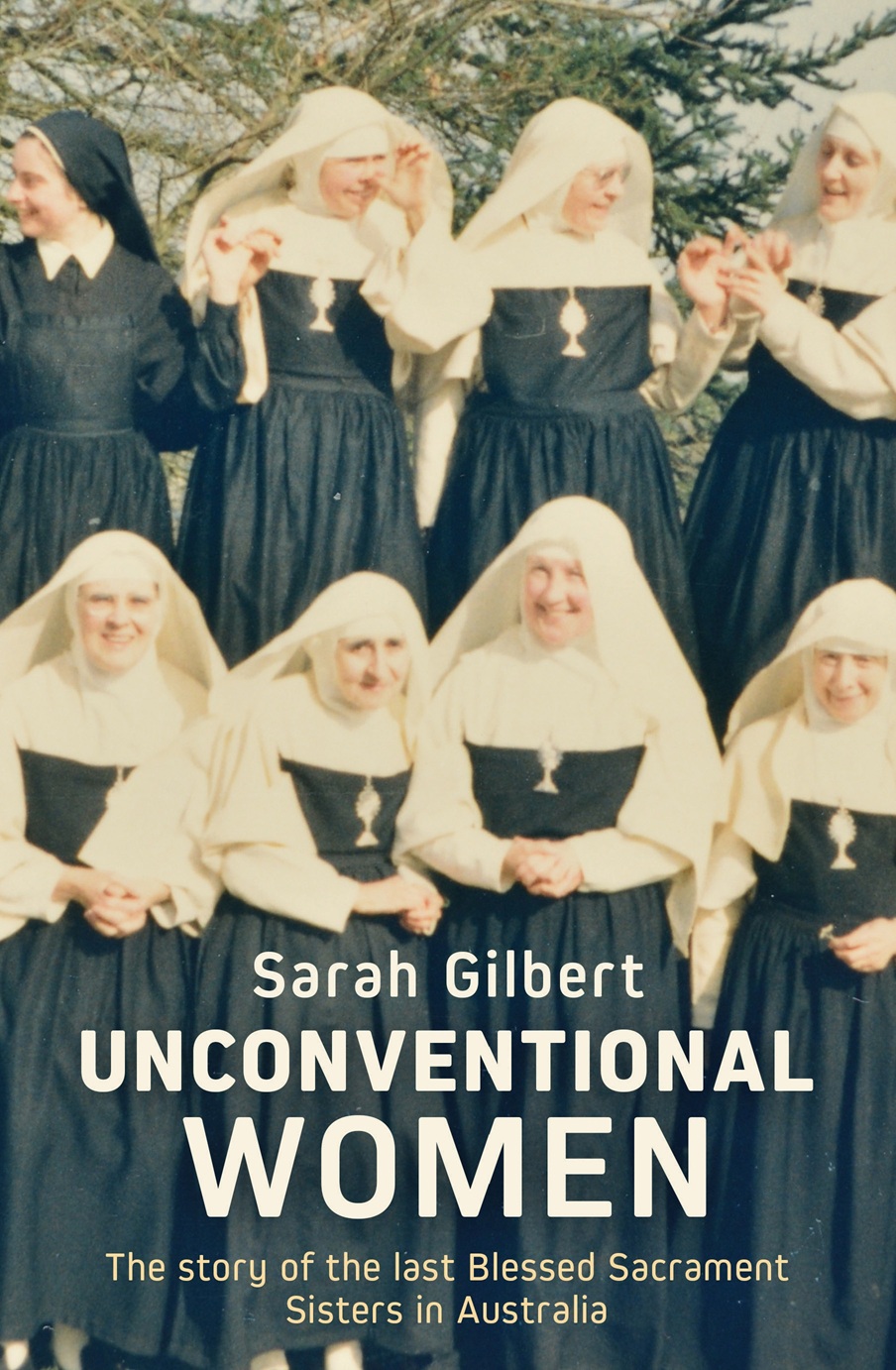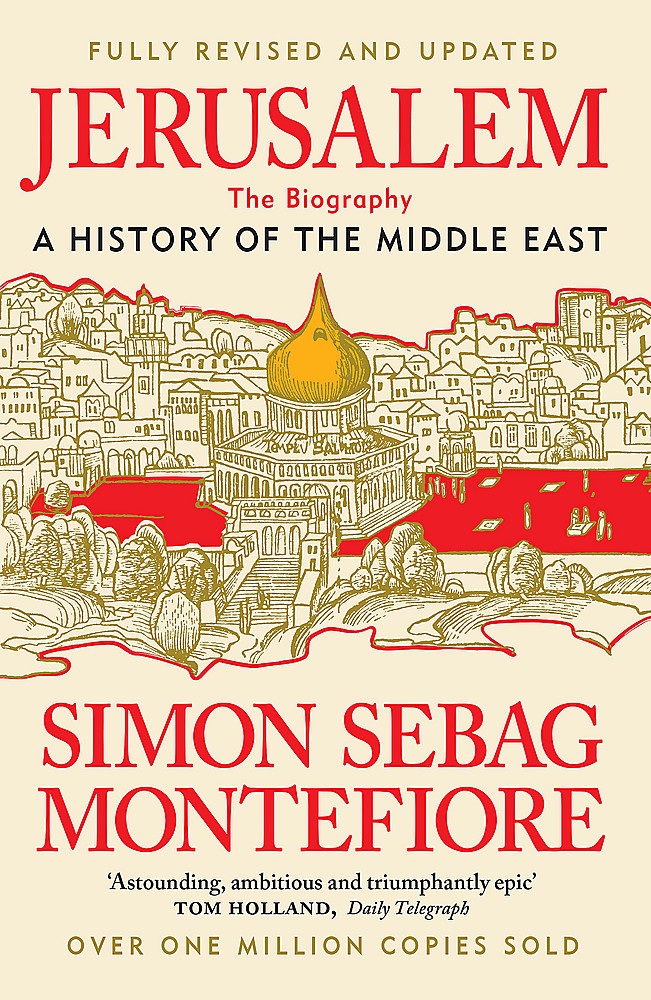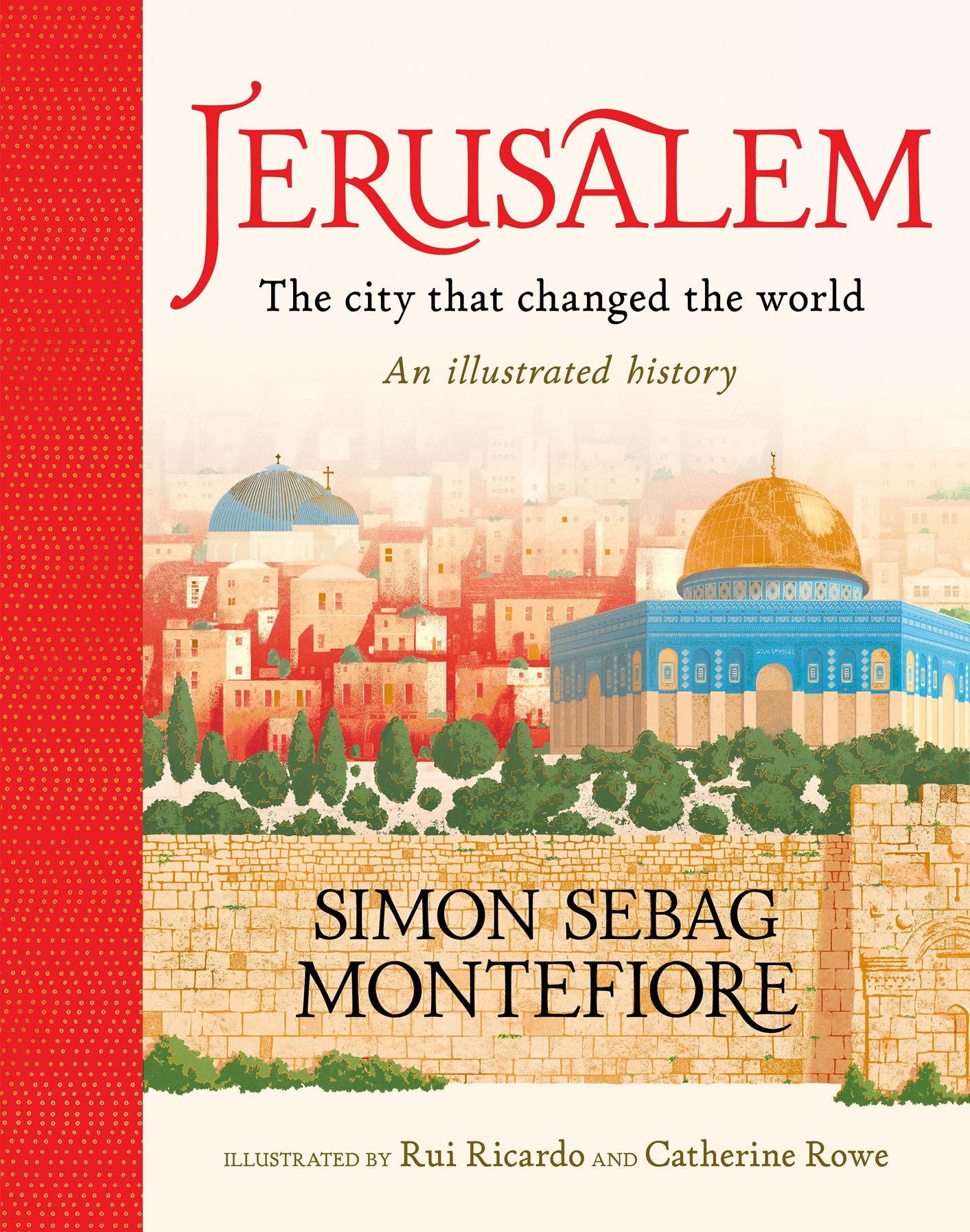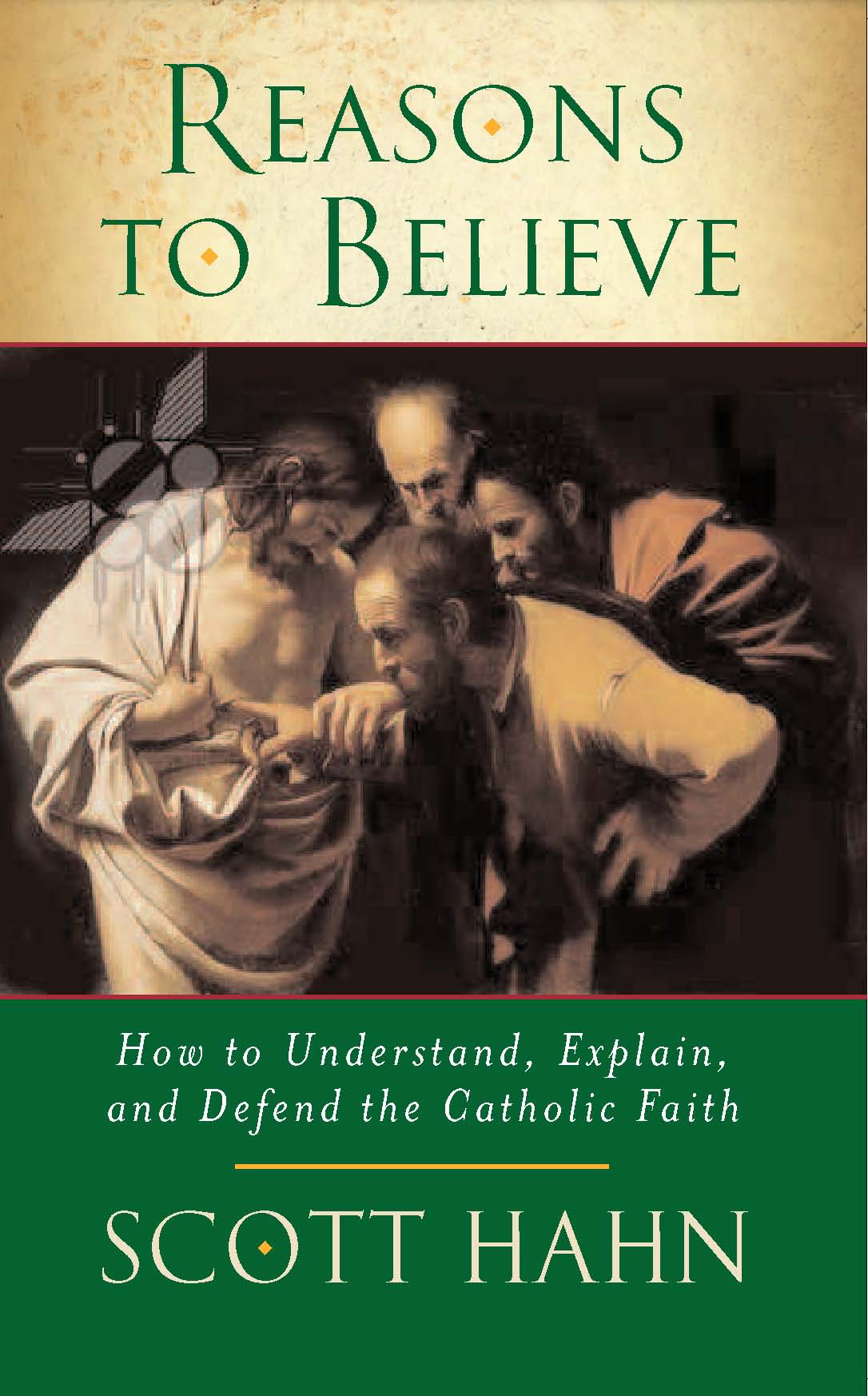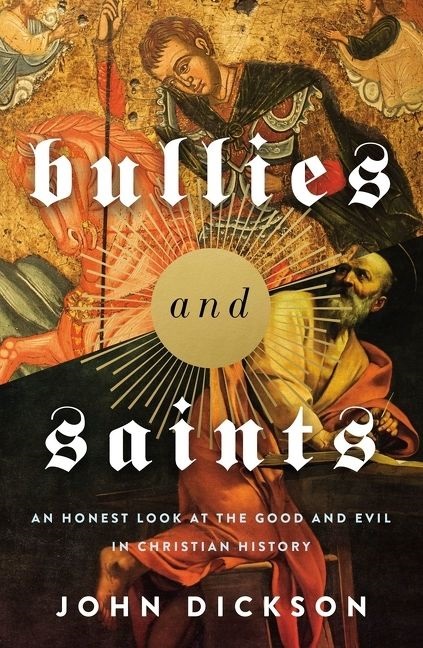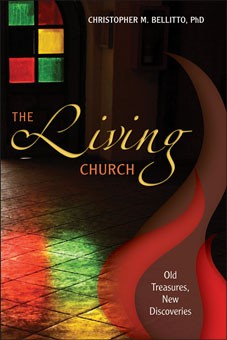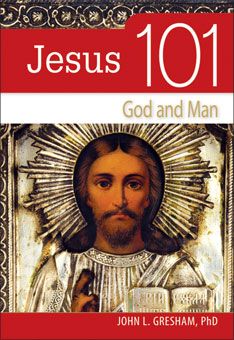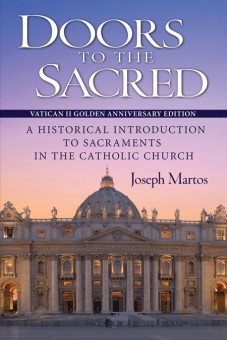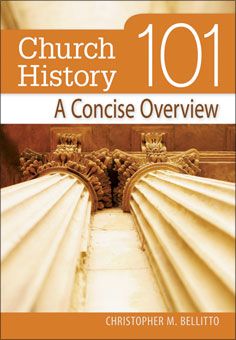Fatima, war, Vatican II, St. John Paul II, and the clerical sex abuse crisis: These are just a few of the people and events that helped define the Catholic Church in the modern era.
In The Church and the Modern Era (1846–2005), author David Wagner explores how the Church maintained its core beliefs while meeting the challenges of the industrial age, world wars, the sexual revolution, and technological advancement in an increasingly secular world.
The “modern era” of the Catholic Church began with the election of Blessed Pius IX in 1846 and ends with the death of St. John Paul II in 2005, the last pope to have served as a council father at Vatican II. With monarchies falling, nation-states rising, and industrialization and mass migration underway, the world changed more during this period than any other, Wagner contends. While the Church may feel more user-friendly and less formal than ever before, what we believe has been handed down from the beginning.
Wagner reintroduces you to some of the era’s most powerful examples of virtue and faith such as St. John Henry Newman, St. Thérèse of Lisieux, St. Josephine Bakhita, St. Faustina, and St. Maximillian Kolbe. He will also dispel some of the long-held misconceptions about the Church that span the 160-year period.
In this book, you will learn:
- The Catholic Church is the world’s most powerful advocate for workers, the poor, and human rights.
- The Church’s social teaching does not endorse any economic or political systems.
- The Second Vatican Council did not change Catholic teaching on faith or morals.
- The Church has been an advocate for raising the status of women, championing women’s rights to education, to work, and to equal pay.

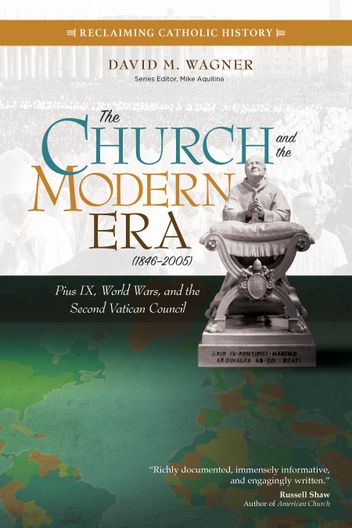
 Back
Back

